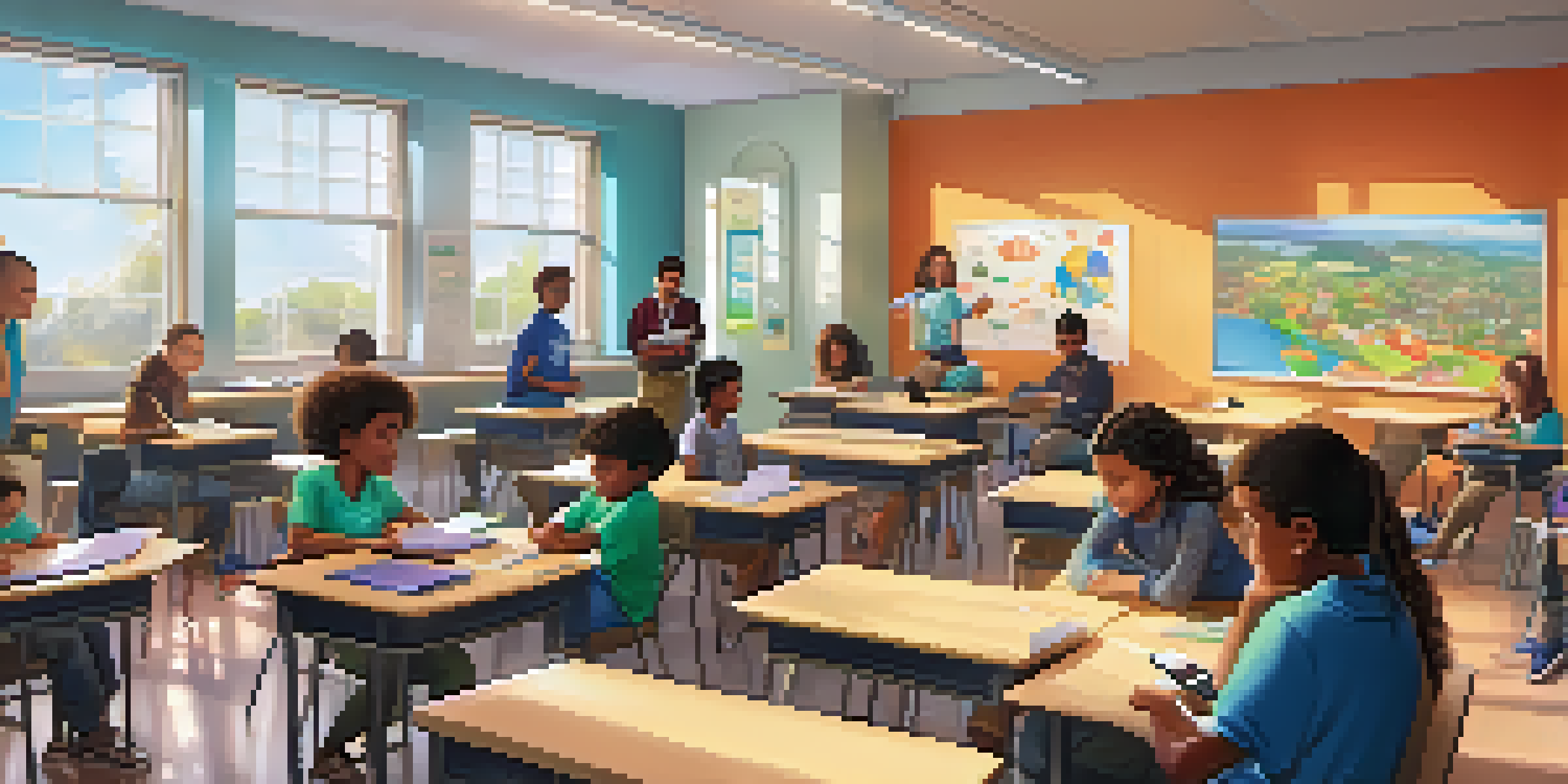Personalizing Learning Pathways in Blended Learning Models

Understanding Blended Learning Models and Their Benefits
Blended learning combines traditional face-to-face teaching with online instruction, creating a dynamic educational experience. This model allows learners to engage with content at their own pace, which can significantly enhance understanding and retention. By leveraging technology, educators can provide diverse resources tailored to different learning styles, making education more inclusive and effective. Ultimately, blended learning prepares students for the digital age while maintaining essential interpersonal interactions.
What Are Learning Pathways and Why Personalize Them?
Learning pathways are structured routes that guide students through their educational journey, outlining what they need to learn and when. Personalizing these pathways means adapting them to individual strengths, weaknesses, and interests, ensuring that each learner can thrive. For instance, a student excelling in math might progress faster through algebra while spending more time on areas like geometry. By personalizing learning pathways, we empower students to take control of their education, fostering greater engagement and motivation.
Blended Learning Enhances Engagement
By combining face-to-face and online instruction, blended learning allows students to engage with material at their own pace, improving understanding and retention.
Key Strategies for Personalizing Learning in Blended Models
There are several effective strategies to personalize learning in blended settings. First, using data analytics can help educators assess student performance and tailor content accordingly. For example, an online platform might recommend additional resources for students struggling with specific topics. Additionally, incorporating student feedback into lesson planning enables teachers to adjust their approaches based on learners' preferences and needs.
Creating a Flexible Learning Environment
A flexible learning environment is crucial for personalizing education. This means allowing students to choose when and how they learn, whether it's through online modules, group projects, or one-on-one tutoring. For instance, a student might prefer to study in the morning when they're most alert, while another may thrive in the evening. By accommodating these preferences, educators can enhance the overall learning experience and improve student outcomes.
Personalized Pathways Foster Growth
Adapting learning pathways to individual strengths and interests empowers students to take control of their education, leading to greater motivation and success.
Utilizing Technology to Enhance Personalization
Technology plays a pivotal role in personalizing learning pathways. Tools like learning management systems (LMS) and artificial intelligence (AI) can adapt content in real-time based on student performance. For example, an LMS might adjust the difficulty level of quizzes based on how well a student answers previous questions. This responsiveness not only keeps students engaged but also ensures they are constantly challenged at the right level.
Encouraging Student Autonomy and Ownership
Promoting student autonomy is vital in personalized learning. When students have a say in their learning pathways, they are more likely to take ownership of their education. This could be as simple as allowing them to choose projects or select topics for research. By fostering a sense of agency, educators help students develop critical thinking skills and cultivate a lifelong love of learning.
Technology Enriches Learning Experience
Utilizing tools like learning management systems and AI enables real-time adjustments to learning content, ensuring that students are consistently challenged and engaged.
Assessing Progress and Making Adjustments
Regular assessment is essential to ensure personalized pathways remain effective. Educators should continuously monitor student progress through formative assessments and adjust learning plans as needed. This could involve changing resources, introducing new activities, or even revisiting previously covered material. By staying responsive to student needs, teachers can ensure that each learner remains on track toward their educational goals.
The Future of Personalized Learning in Blended Environments
The future of personalized learning in blended environments looks promising, as educational technology continues to evolve. With advancements in AI and machine learning, we can expect even more sophisticated tools that tailor learning experiences to individual needs. As schools increasingly adopt these technologies, the potential for improved student outcomes will grow. Ultimately, the goal is to create a more customized, engaging, and effective learning journey for every student.